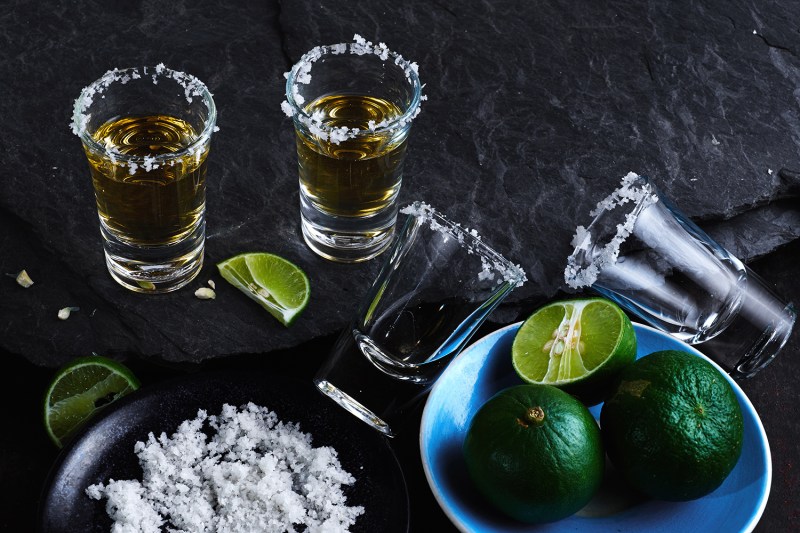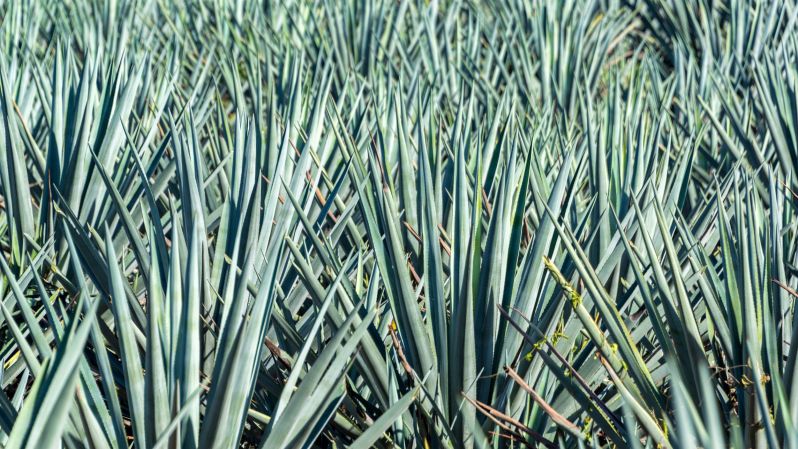
Tequila is currently enjoying a moment and it’s more than just celebrity-backed offerings. The spirit is being taken more seriously than ever, meaning a new generation of producers is raising the bar to new levels.
Related Reading
Part of that rising tequila tide is the topmost layer of truly high-end offerings (tequila is second only to gin in terms of spirits production over the last three years). These luxury tequilas are being crafted more like wine, with a focus on terroir and unique barrel regimens. More impressively, the spirit has flourished even amid the pandemic, shedding its old reputation as a party drink and little more. Now, more and more people see the spirit as something you sip, not shoot.

What makes a luxury bottle of tequila so, aside from a higher price tag? It takes more than a celebrity signature from George Clooney or Dwayne “The Rock” Johnson. To best understand the growing category, it’s best to return to the wine analogy. Many of the facets that elevate a good bottle of wine to the luxury tier do the same for tequila.
For starters, making the stuff is a very time-consuming process. Like wine, tequila is absorbing the estate and appellation models, experimenting with the unique flavors a particular site or region in Jalisco is capable of producing and pushing to enhance those characteristics. Blue agave is the only plant responsible for tequila but depending on the soils it inhabits, the elevation, and the climate, it can offer distinctive characteristics. The luxury tequila movement is very much stressing this terroir-ness and brands like Ocho are shining examples.
Also like wine, luxury tequila producers are focused on both purity and control over the entire process. In terms of the former, we’re seeing a lot more top-notch tequilas being made with 100% agave (and not hit with other sugars, as they’re legally allowed to do). In terms of process control, there are an increasing number of tequila makers crafting it right where they grow it. That generally translates to more familiarity with the crop, better attention to farming, and ultimately, a tastier and more complex bottle of tequila.
Jose Hermosillo is founder and master distiller at Casa Noble Tequila. He believes a major part of the high-end makeup comes from being slow and methodical. “The creation of a true high-end tequila takes time and patience, care for the craft of making the spirit that has so much to offer. A great tequila will need the best agave, aged at least seven years,” he says.
He notes that at Casa Noble, it can take up to 12 years for agave to fully mature. “Aging in quality barrels is important for the reposados and añejos, At Casa Noble, we use New French Oak from the best cooperages Taransaud and Nadalier,” Hermosillo adds. “Aging a great tequila is a mastery—to be able to respect the aromas of the tequila while enhancing with the barrel to get beautiful spices, fruits, and flower notes. It’s not an easy task and takes many decades to learn.”
It’s not the first time tequila has gone top-shelf. In the past, though, luxury tequila meant a high profile collaboration or a smooth finished product that spent a few extra years in the barrel. Now, it’s more about the details. Producers are playing around with the kind of wood the spirit is aged in as opposed to the number of diamonds that will be affixed to the showy vessel it is bottled in. Again, like wine, top producers are paying more attention to the little things as they add up — the species of wood and where it’s grown, how much it is charred, the type of spirit or wine that previously inhabited the barrel, new barrels vs. old barrels, etc.
Barrel-aged versions like añejo and reposado are the main players in the new luxury tequila boom. The “extra añejo” title was created in 2006 and met with some skepticism but a lot of labels have embraced it since. It demands that the tequila be aged for at least three years in the barrel. In the fifteen years since this new designation was established, more and more distillers have dialed-in their production methods to turn something out that’s genuinely worthy of the title.
There’s hardly been a better time to enjoy this new guard of luxury tequila. Nielsen reports that ultra-premium tequila now makes up a significant 38% of the entire scene, a number many think will only rise. Industry types are predicting that tequila will outperform gin in the coming years, especially as it continues to surge in this country (and even more so if it establishes itself beyond Mexico and the states). With more players in the field and a consumer palate eager for the best of the bunch, we’ll only see more luxury options that reveal the full potential of the spirit.


